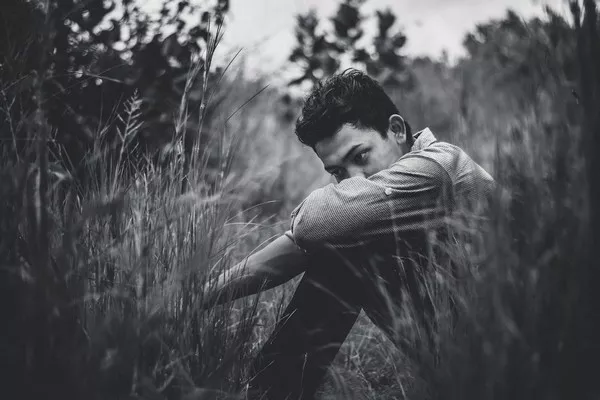Hurricane Idalia may have passed, but an invisible menace lingers in its aftermath, prompting health authorities to caution millions of Labor Day weekend beachgoers about the potential presence of Vibrio vulnificus in floodwaters left behind by the storm.
This rare and potentially lethal strain of flesh-eating bacterium demands vigilant attention, according to Jae Williams, the press secretary for the Florida Health Department. Williams emphasized, “It shouldn’t be taken lightly and needs to be treated with proper respect—the same way we respect alligators and rattlesnakes.”
Florida health officials initiated warnings regarding the risk of bacterial infections immediately upon the declaration of a state of emergency, as Williams noted.
Coastal regions of Florida, Georgia, and the Carolinas, where Hurricane Idalia’s surges created standing water, face the highest risk of Vibrio bacteria contamination.
Vibrio bacteria thrive in estuaries, inlets, and other warm, brackish water environments where saltwater and freshwater intermingle—conditions often induced by hurricanes.
James Oliver, a retired microbiology professor at the University of North Carolina, Charlotte, explained, “The rainwater, being freshwater, dilutes the seawater and brings the salinity down,” creating the ideal conditions for bacterial proliferation.
While several Vibrio strains exist, V. vulnificus poses the greatest danger. According to the Centers for Disease Control and Prevention (CDC), these bacteria infect approximately 80,000 people in the United States annually, resulting in approximately 100 fatalities.
These numbers tend to surge in the aftermath of hurricanes, a phenomenon observed in previous hurricane seasons. For instance, in the week preceding Hurricane Ian’s Florida landfall last year, no Vibrio infections were reported in the area. However, in the week following the storm’s passage, 38 people were infected, leading to three amputations and 11 fatalities. Similar spikes occurred following Hurricane Katrina in 2005.
Infection typically occurs when the bacteria enter the bloodstream through a cut in the skin, often on the foot or ankle as individuals wade through contaminated water. Victims initially develop a lesion resembling a spider bite, but the bacteria rapidly destroy surrounding tissue, with an incubation period of approximately 16 hours. Seeking immediate medical attention and commencing antibiotic treatment is critical, as Vibrio vulnificus is known for its rapid growth.
In severe cases, amputations may be necessary to prevent further bacterial spread throughout the body, with some patients succumbing to the infection within a day of exposure.
The consumption of raw oysters presents another avenue for infection. Oysters filter water through their gills while feeding, potentially exposing consumers to Vibrio bacteria. As James Oliver cautioned, “Just realize that you’re eating a live animal and you’re eating the intestinal contents of whatever it ate, which typically is Vibrio.”
In light of these risks, health officials strongly advise the public to exercise caution and follow safety guidelines when visiting hurricane-affected areas, emphasizing the importance of vigilance in the face of this hidden menace.



































